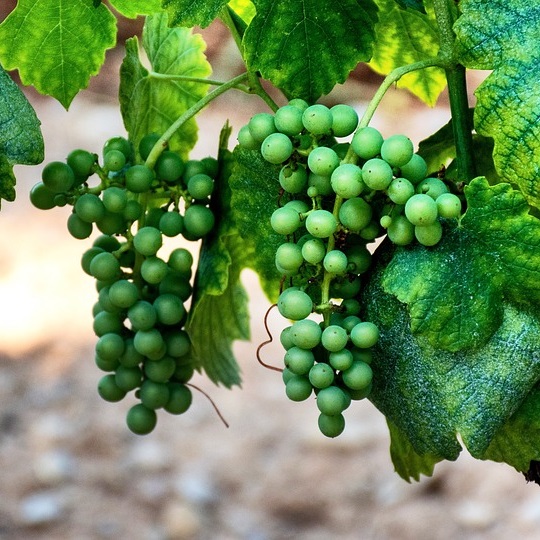Great Grapes with Artificial Selection
Lesson Overview

Students will investigate differences between wild grapes of the Midwest and traditional wine variety grapes from warmer climates. They should identify selection pressures that cause the genetic and phenotypic differences between wild grapes and wine grapes. They will model the processes of natural selection, artificial selection, and gel electrophoresis. Finally, they will evaluate how a changing climate will impact different varieties of grapes in different regions.
About the Scientist

Anne Fennell
Institution: South Dakota State UniversityHello my name is Anne. I am a plant physiologist that works with grapes. When filling out my application for college I didn’t know what to put in the major box. I was thinking maybe biology and chemistry. Then I asked my brother, who had just gotten a degree in biology, what he thought. He said “you like plants, why not put Horticulture, you can always change majors if it doesn’t fitâ€. I put Horticulture in the application and it stuck. I continued in Horticulture and became interested in research while working for different plant breeders (strawberries and small grains) at Iowa State University. I went to graduate school at the University of Minnesota to study plant tolerance of low temperature stress and discovered plant physiology, which is all about how plants work. As a Horticulturist, I worked with plants directly used by humans: potatoes, spinach, strawberries, raspberries, grapes and apples. As a Plant Physiologist I bring to bear any tool that can help me understand how plants, grapes in particular, tolerate temperature and water stress. I have continued to acquire tools/knowledge with the changing needs of my studies, incorporating chemistry, plant biology, genetic, genomic and bioinformatic tools and techniques to better understand how plants function. I go from the field, to the DNA or RNA in the lab, back to the field, asking questions and testing answers in real conditions. I still “like plants†and I am fascinated by how we can use knowledge of plant responses to environmental stresses as tools for selection of new plants that are disease, insect or environmental stress tolerant.
 National Science Foundation RII Track-1 Project:Expanding Research, Education and Innovation in South Dakota
National Science Foundation RII Track-1 Project:Expanding Research, Education and Innovation in South Dakota